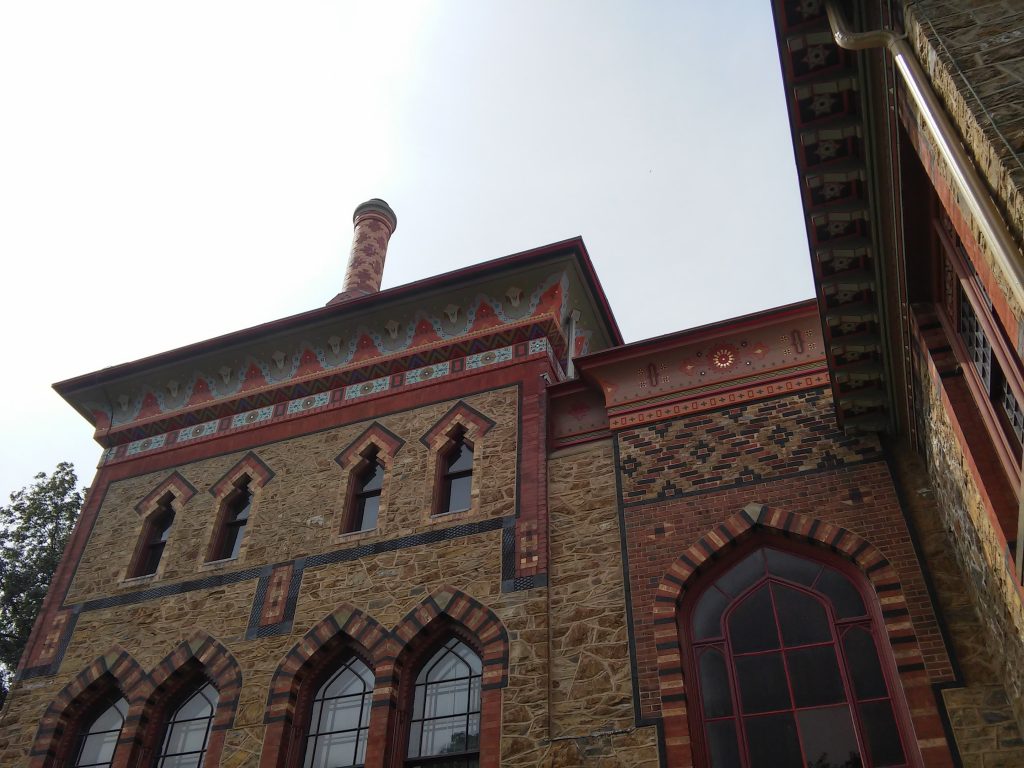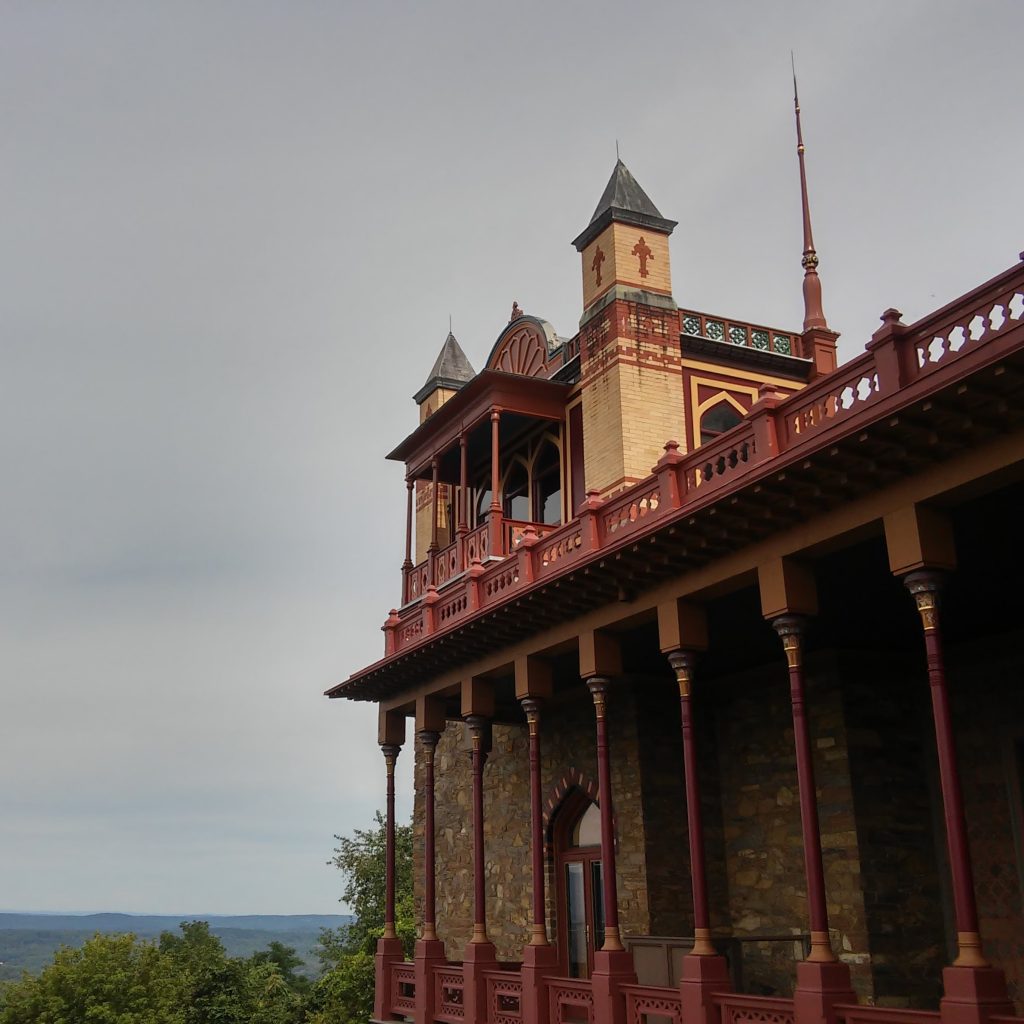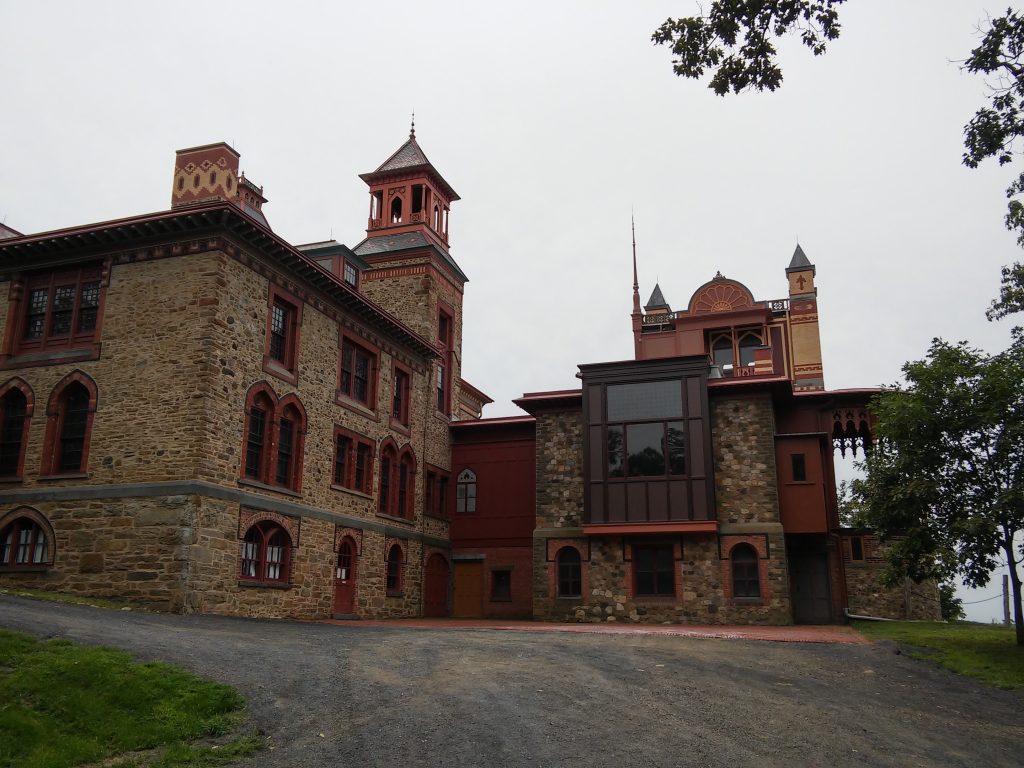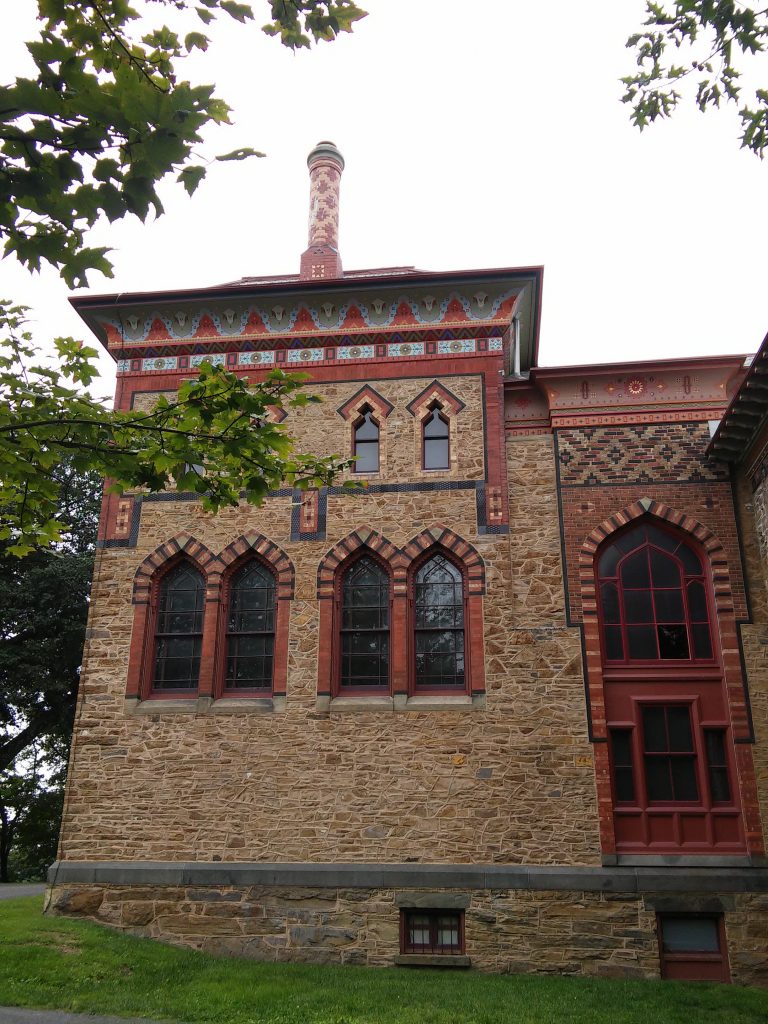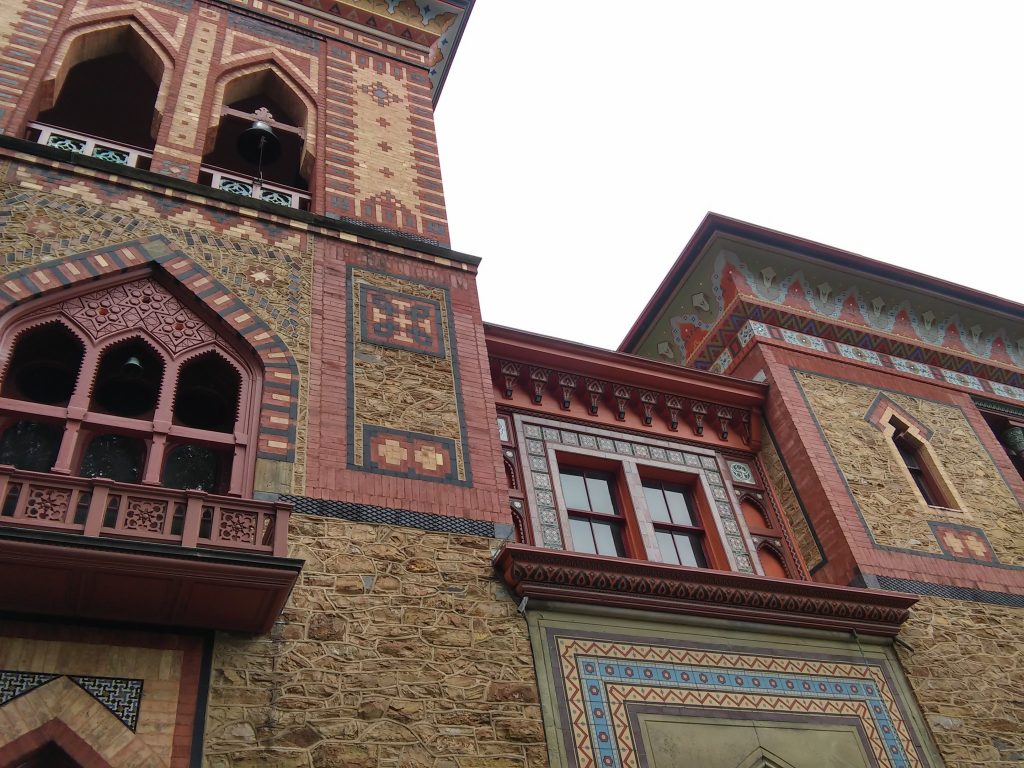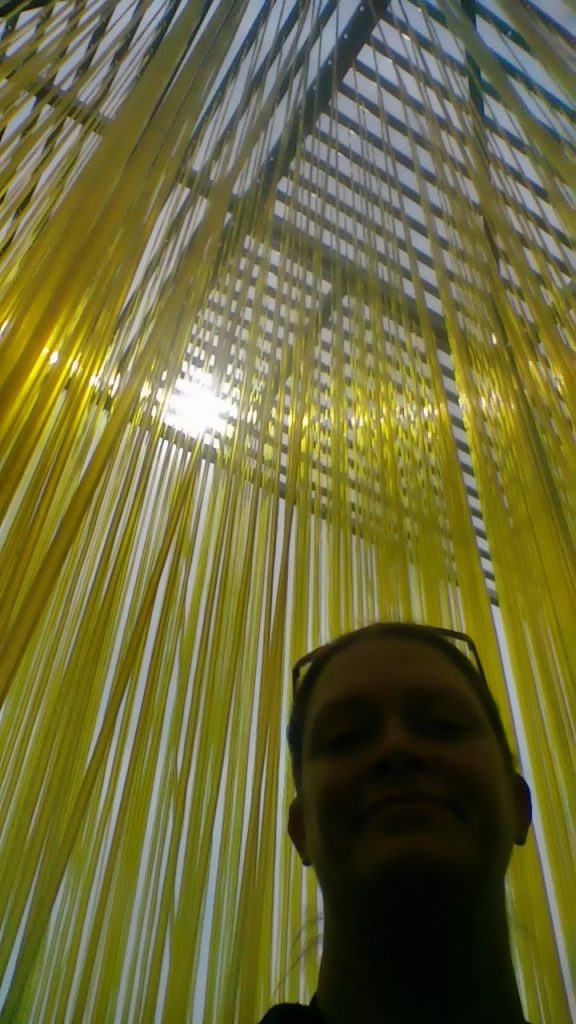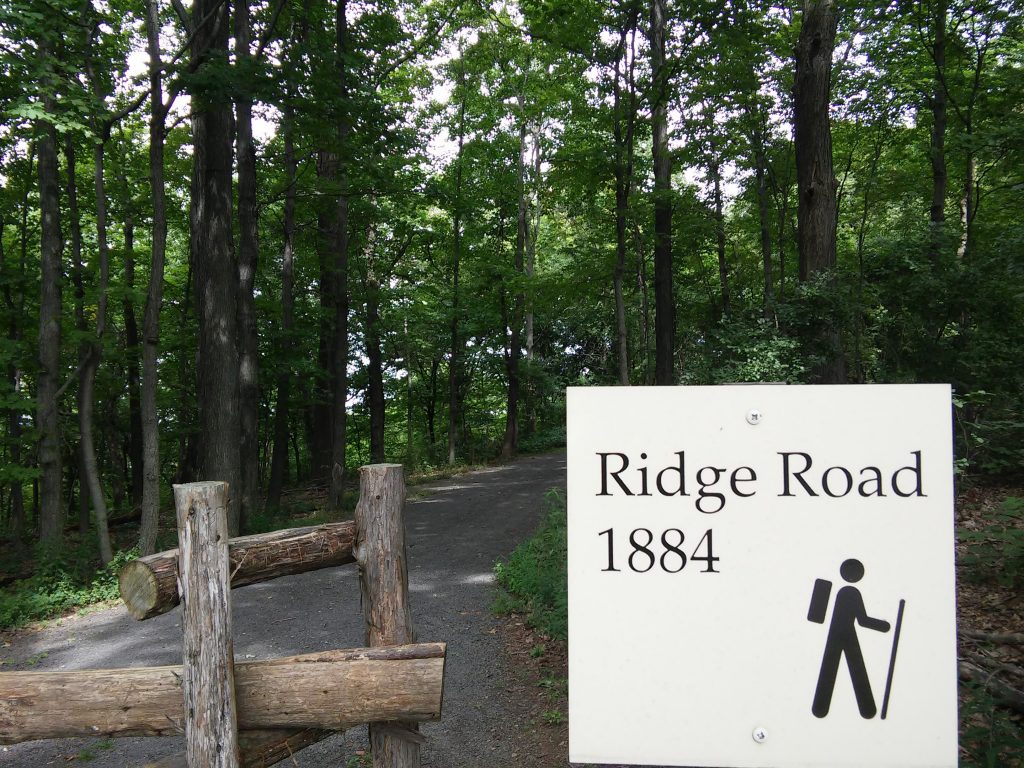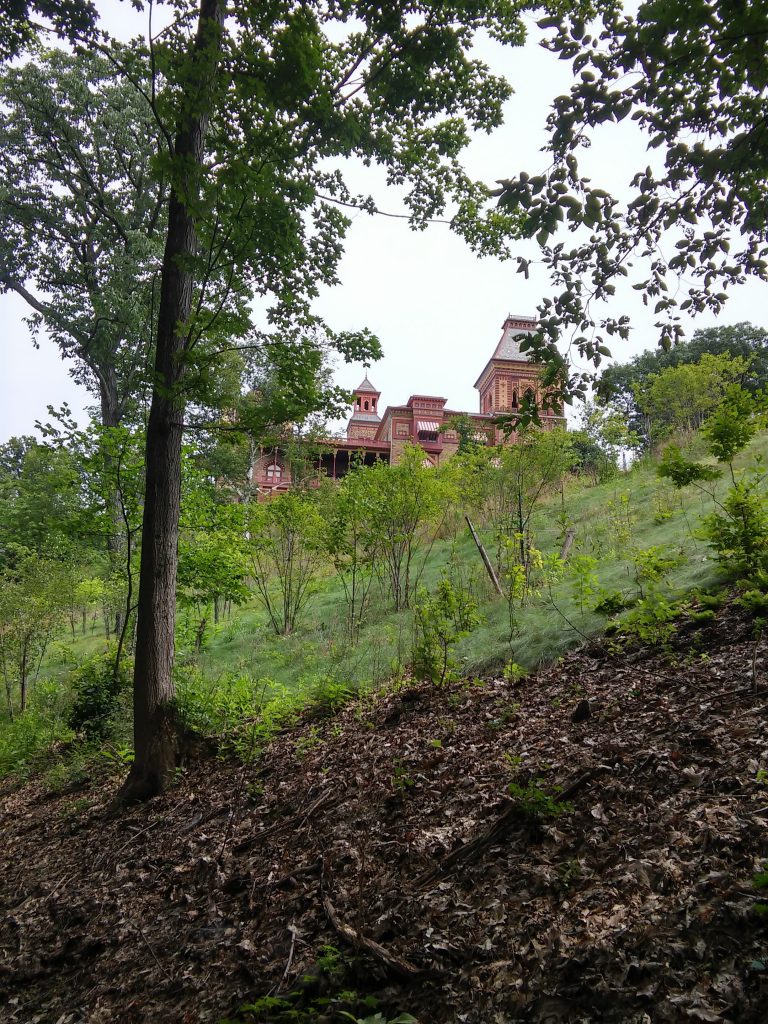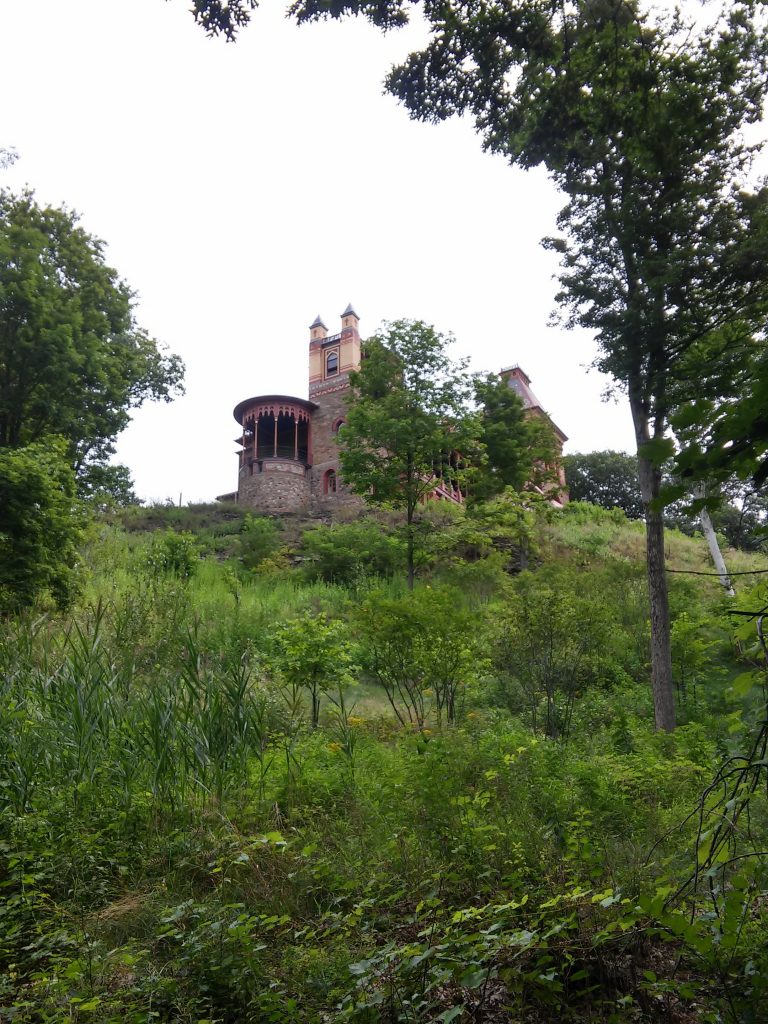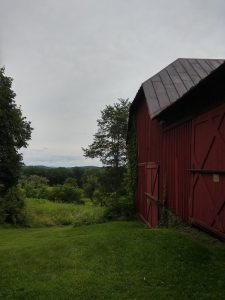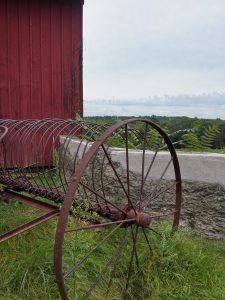Olana
Frederic Church and Olana
“Olana was the home of Hudson River School artist Frederic Edwin Church (1826-1900). Church’s great talent was recognized early in his life. By age 20, he had his own studio and was a well-known artist. He traveled extensively in North and South America, recording the wild natural beauty of the New World. In the late 1850s and 1860s, Church was the most famous American artist in the United States and Europe. His paintings of North and South American landscapes were viewed by thousands of people all over the world. Today Church is considered one of the most important artists of the Americas.
As a student of Thomas Cole, founder of the Hudson River School, Church stayed in Catskill with Cole at the artist’s home, Cedar Grove. Church studied and painted in the Catskill area from 1844-1849. He first visited the site that would later become Olana while sketching and studying with Cole.
One of Church’s greatest contributions to 19th-century art is Olana. Church and his wife, Isabel Carnes Church (1836-1899), began creating Olana in 1860 with the acquisition of the farm and culminating with the construction of the main house in 1870. Designed with thoughtfulness and vision, Olana includes a Persian-style house, an artist’s studio, romantically landscaped grounds, and dramatic vistas of the Hudson Valley and Catskill Mountains. Olana embodies the idea and plans of such great 19th-century architects as Hunt, Vaux, Downing, and Olmstead. Their ideas, and the artistry and showmanship of Frederic Church, became Olana, a site that captures all that was best of the 19th-century aesthetic of The Picturesque, The Beautiful, and The Sublime.”
I can’t remember the first time I heard about Olana, but I know it was through watching art documentaries. Since then, I’ve been curious about Frederic Church’s mansion or “house” and the surrounding grounds.
I knew the mansion stood on top of a hill that overlooked the Hudson River with spectacular views of the Catskill Mountains. Also because of my previous research, I knew there were plenty of old carriage roads to hike.
Recently, after watching yet another documentary about American landscape artists and the Hudson River School I decided I would go seek out this Olana State Historic Site.
“In the mid-19th century, Frederic Church (1826-1900) emerged as the leading painter of the American landscape. Church’s skill at artistic composition clearly influenced the development of this landscape and the spectacular views that make up the Olana experience. Between 1860 and 1900, Church created a “living landscape” that is one of the finest surviving, American, planned landscapes in the Picturesque Style.
The Olana landscape encompasses many elements – the lakes, the park, the house and its immediate grounds, the farm, the extensive road system, and the site’s majestic views of the Catskill Mountains and the Hudson River. As you walk around the buildings or follow the old carriage roads, you will see how Church used the natural beauty of the site and the views beyond to create dramatic works of art in nature around every corner and every bend in the road.”
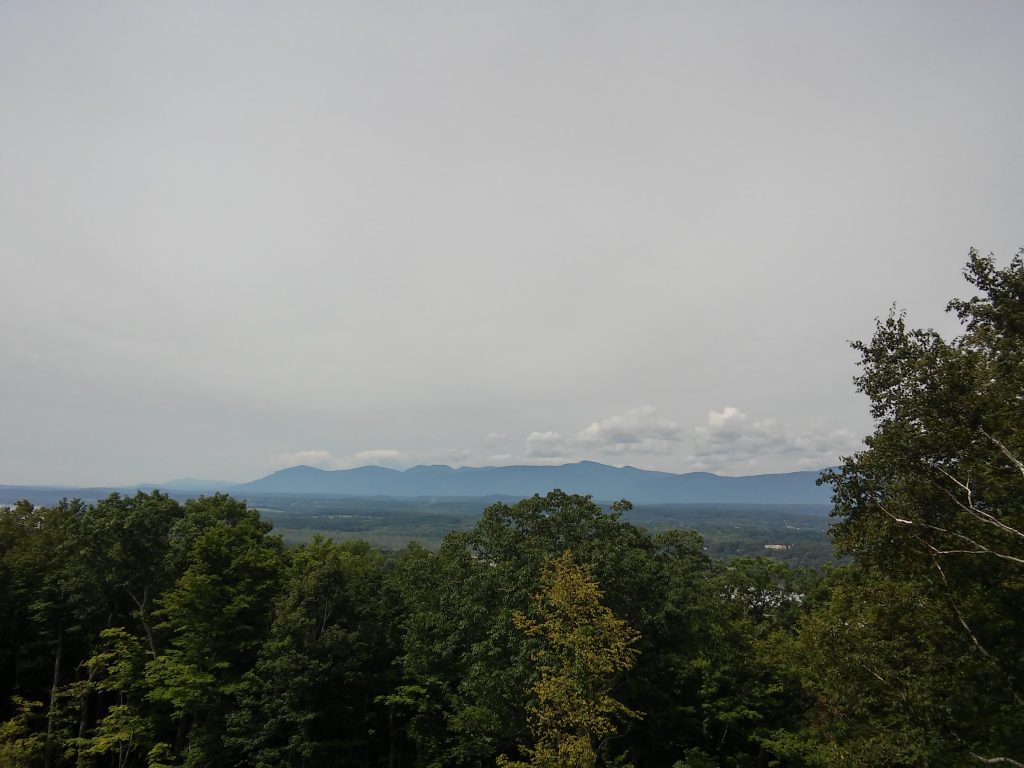
The day I decided to go check out Olana I was in desperate need of inspiration. I imagined if Thomas Cole and Frederic Church could be swept away by the landscape in this area, that I too might gain something positive from just observing.
An hour’s drive south from Saratoga Springs and I was in Hudson, NY.
It was a Monday.
You can make a reservation to tour the house at Olana (Mondays excluded).
Honestly, I was interested in exploring the grounds around the mansion the most. To check out the vistas and walk the old carriage roads.
I parked near the Visitor Center, starting my exploration of Olana by walking around the house.
Even on a day when no tours were happening, I felt there were too many people.
The House
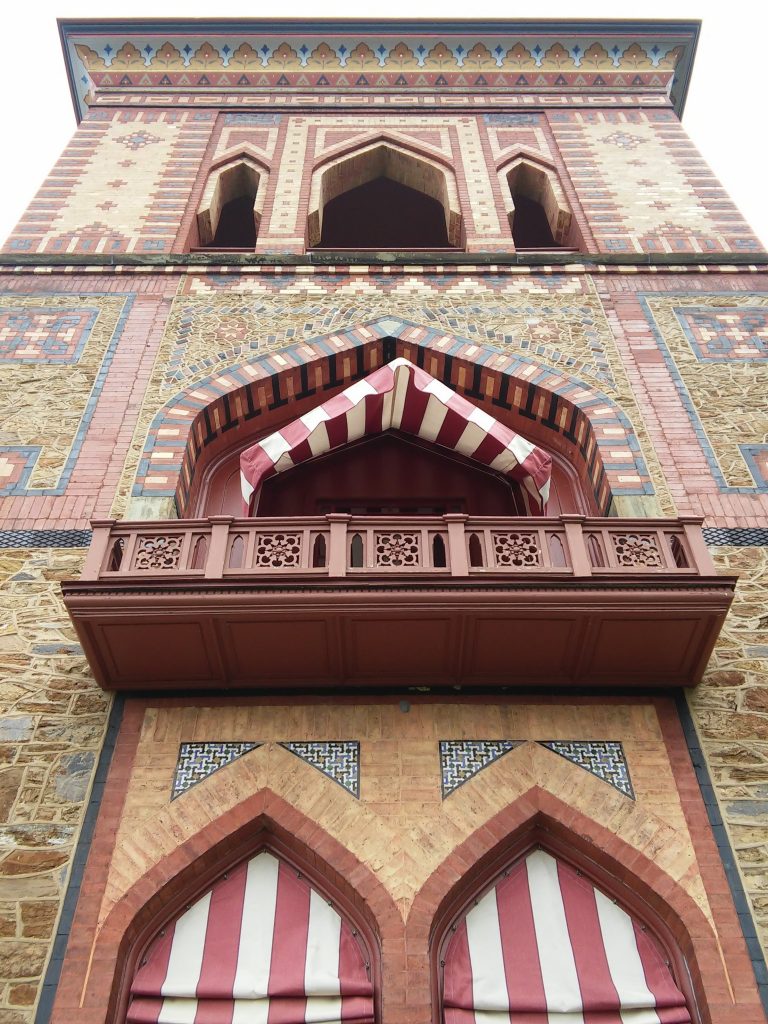
Avoiding people, I found my way down to an outdoor art exhibit created by Venezuelan artist Jesús Rafael Soto (1923-2005).
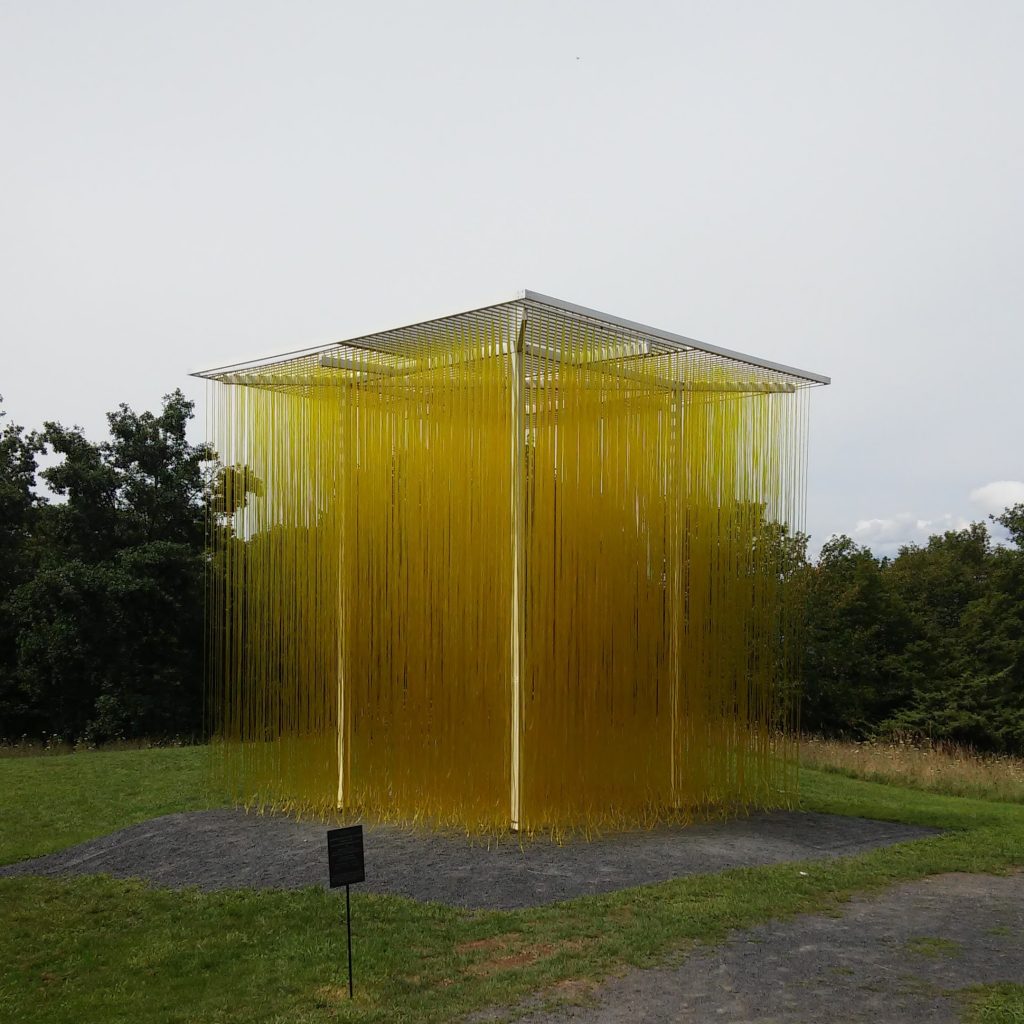
Cicadas made noise the entire time I was at Olana, but while inside the sculpture I saw one up close for the first time in my life. Hindsight, I should have at least tried to take a picture of the cicada. I was a little freaked out by it hanging so close to me so I took my obligatory selfie and got out of there fast!
Walking off my frustration of existence in the summer heat was exhausting, but exactly what I needed as I took in the surrounding beauty. I will note that the parking for Olana is at the top of the hill, eventually if you wander the trails, you will have to walk back up to the parking lot.
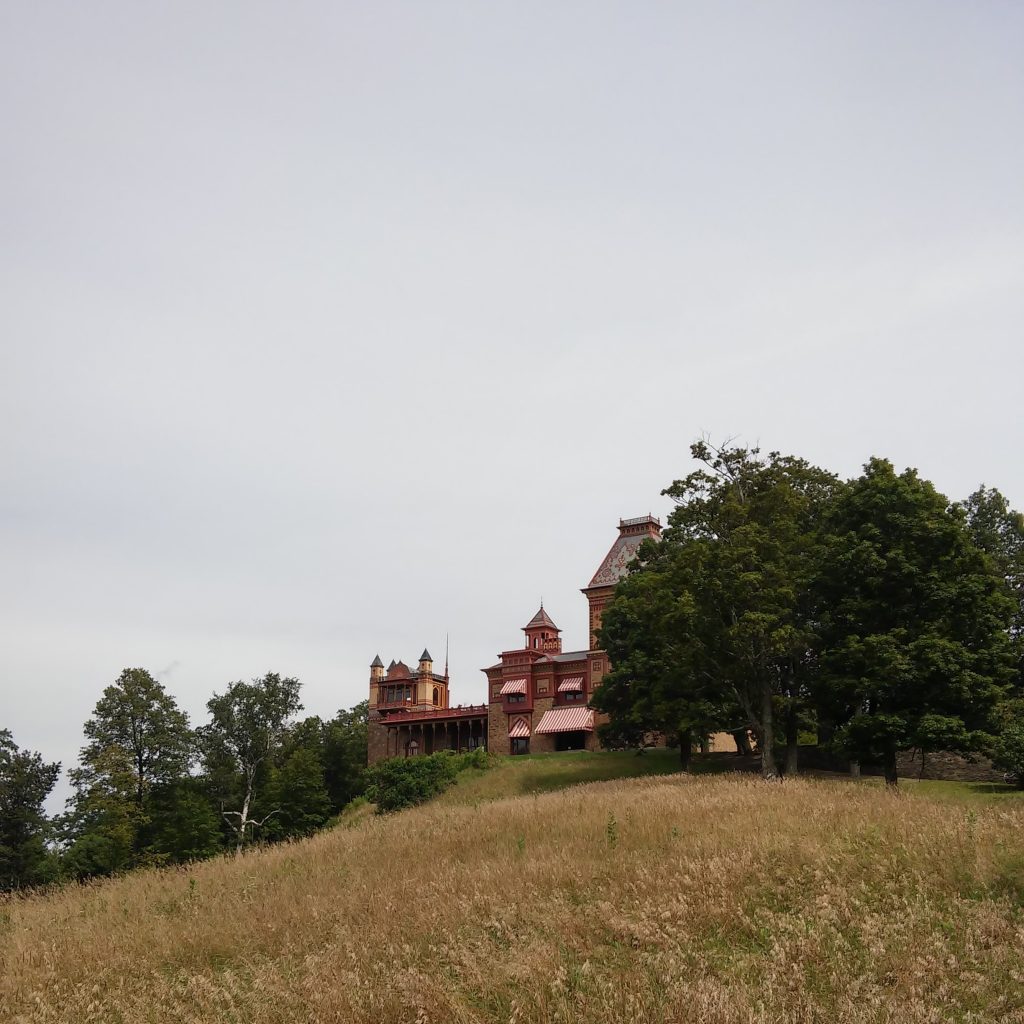
I didn’t have a good way of knowing where I was on the grounds and I got turned around a couple of times. I had taken a picture of the Olana State Historic Site map at the beginning of my adventure, and I knew the Hudson River was west, but I still had trouble figuring out where I was in relation to where I wanted to go. At the crossroads of my confusion is where Frederic Church once had an art studio.
Studio and Viewshed
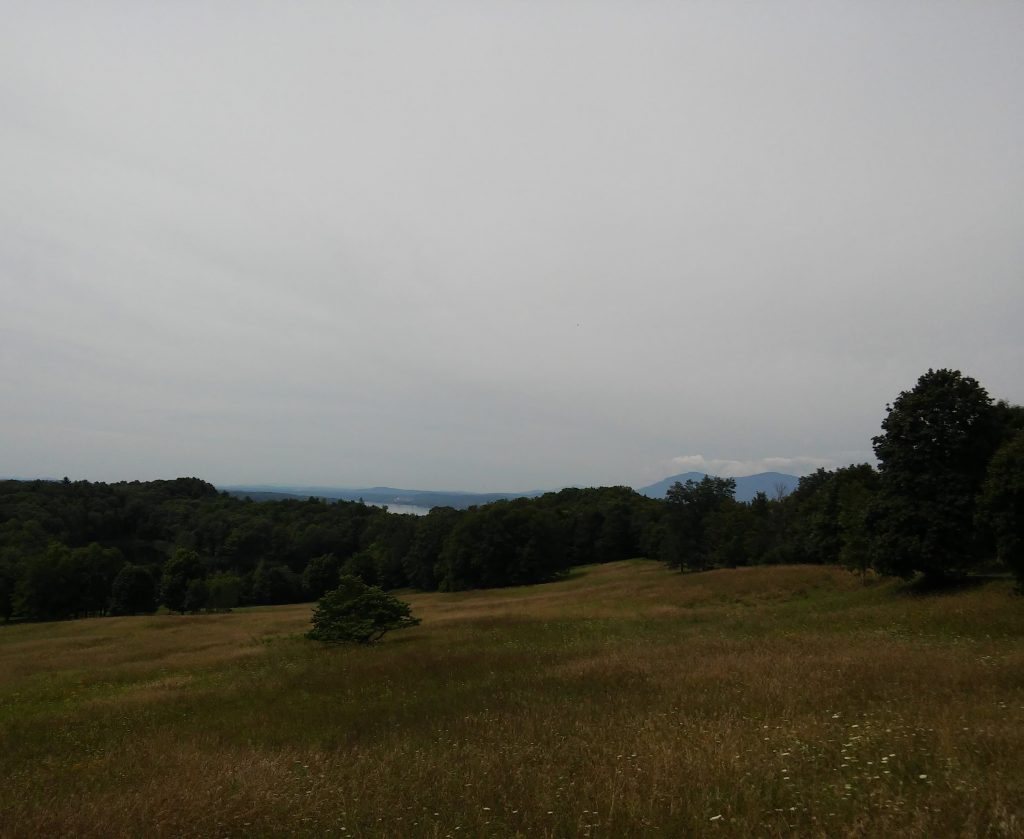
Eventually, I walked Ridge Road. It was a fairly short hike with dramatic glimpses of the house and amazing views of the Catskills and the Hudson.
Ridge Road
“In 1878, Frederic Church purchased 50 acres for hay fields and grazing. About six years later, he converted some of that open acreage to ornamental use with the creation of the Ridge Road. Wrapping around the northern edge of the property and along the escarpment below the house, the Ridge Road provided panoramic views of Mt. Merino, the Hudson River, and the Catskills to the north and west. Fence lines were kept below the viewer’s line of sight so that the grazing cows appeared unrestricted in the landscape. Today, second-growth forest has been removed, making it possible to see fields and views as Frederic Church and his guests saw them in the 19th century.
Onset of severe arthritis in the 1870s greatly reduced Church’s ability to paint, so he found artistic enjoyment in creating the landscape that would come to be known as Olana. In 1884, he noted his pleasure in building the Ridge Road: “I can make more and better landscapes in this way than by tampering with canvas and paint in the studio.” Many visitors to Olana still rejoice in the magnificent views from Church’s well-planned roads. This is particularly true along Ridge Road.”
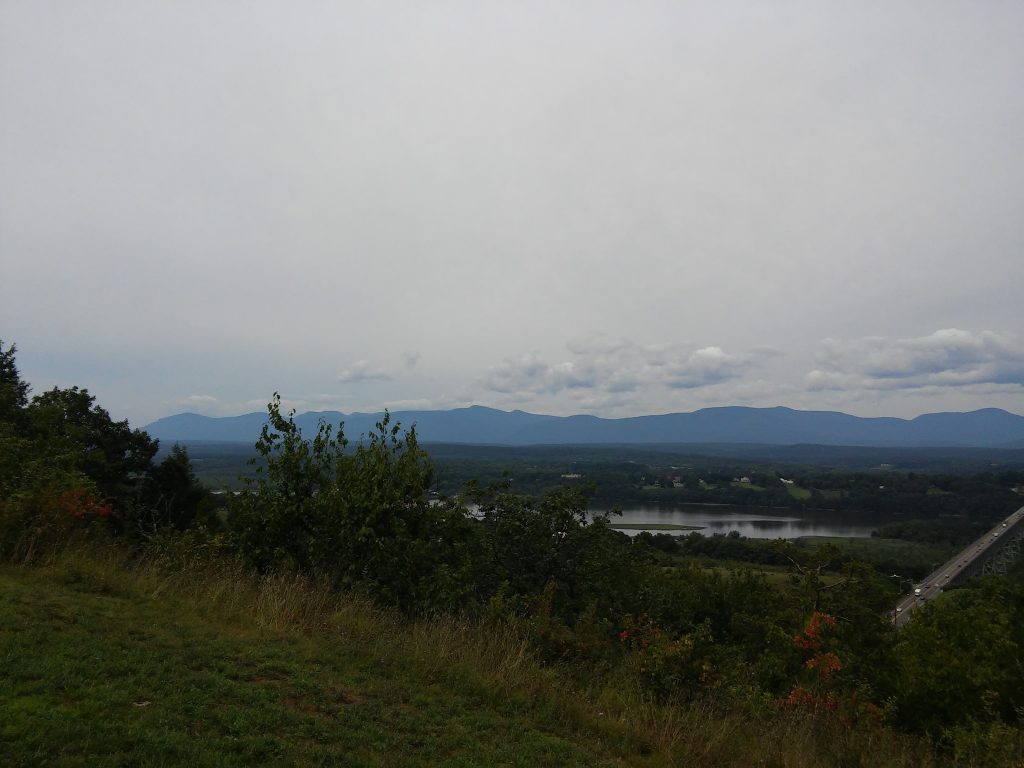
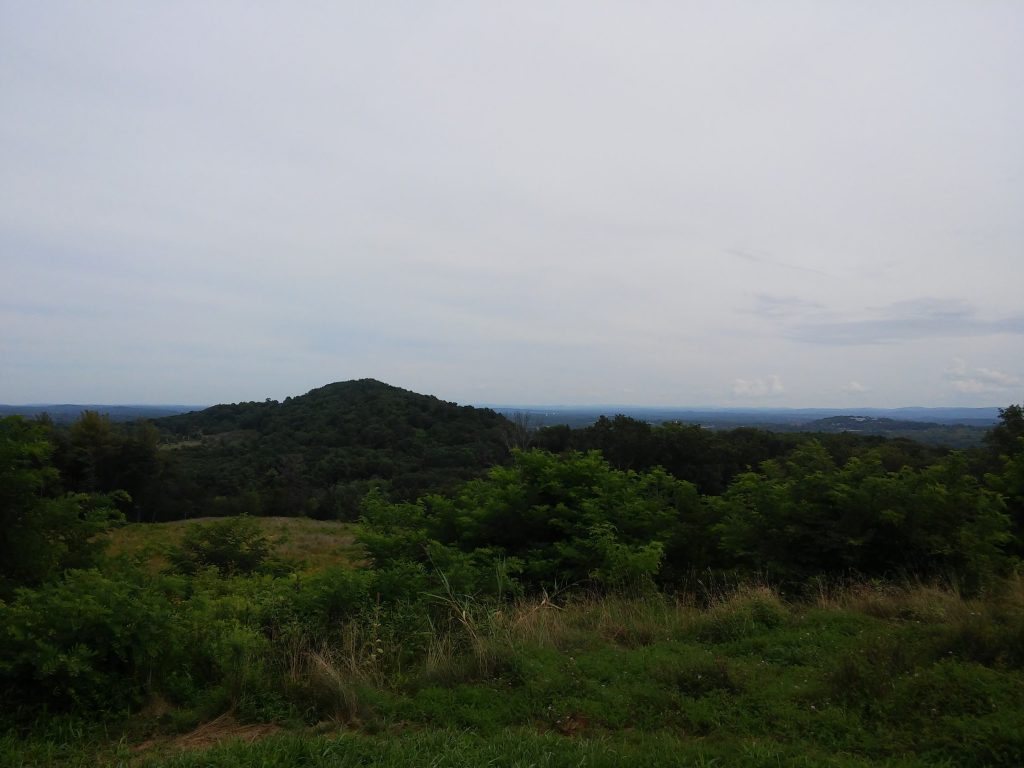
When I saw I was near the parking lot and I wasn’t done walking just yet, I decided to travel down North Road. I went down the old carriage road, gradually zigzagging along and thought at one point, I have to hike back up this trail. Feeling a little tired, mostly from the heat, I turned around and went back to my car.
Reassessing where I was, where I had been, and what else there was to see, I decided to drive back to the beginning of the park road loop and check out the Cosy Cottage.
The Farm
In reality, I should have started my exploration of Olana at the farm complex since it is the first thing you come upon at the Historic Site. I was so pumped about seeing the mansion that I had little else on my mind at the beginning.
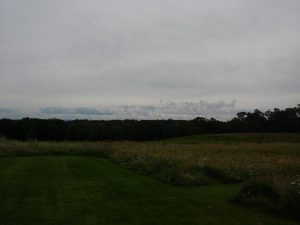 |
| Former farmland. |
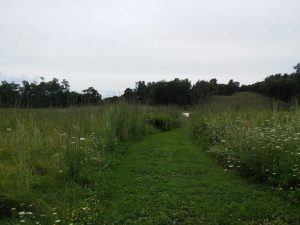 |
| I assume this sign was about the former farmland, but did not walk out to it. |
There were plenty of places I did not venture due to tall grasses and the idea of ticks. In fact, one of the first things I saw on the Lake Road trail was a huge sign posted, warning about ticks. I avoided exploring around the lake, and looking back at the landscape brochure, Lake Road is the only path to take if you want to ascend Crown Hill.
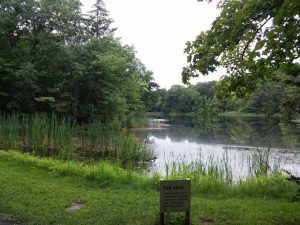 |
| Olana’s Lake. |
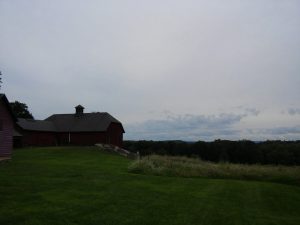 |
| View from the farm parking lot. |
Barnyard
“In the 1860s and 1870s, Church transformed a poor, one-family farm into a 19th-century gentleman’s farm. He did not plan to make a living from the farm, but expected it to run efficiently. He and Isabel took great pride in the farm operation. Special gifts of produce and preserves flowed from their country home, known as “the farm” until the late 1870s, when the name Olana was applied to all 250 acres. Farm life remained central to the Church’s lifestyle and to the property’s sense of place into the 20th century.
The farm buildings provided shelter for the farm animals, which included cows, horses, a pair of oxen, donkeys, chickens, turkeys, pigeons, geese, and a few beef cattle. The Olana orchards produced plums, apples, pears, apricots, cherries, and peaches. Berry beds and arbors produced raspberries, strawberries, and grapes. Hay, rye, and corn were planted in select fields.
The harvest produced a cash crop to support the farm as well as fruits and vegetables for the family’s table. Church used a salaried farm manager to run the farm with full- and part-time help. Thomas Cole’s son Theodore is known to have served in this capacity for over 10 years. Farming was abandoned here in the late 1940s; many of the farm building were removed in the early 1950s.”
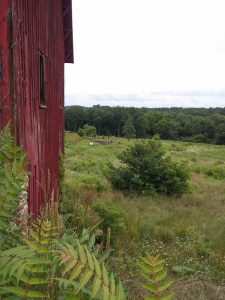 |
| I assume the sign in the distance was about the former orchard. |
Icehouse
“In July 1869, after the Church family returned to Olana from 18 months abroad, Frederic Church’s involvement in the farm’s activities increased. He completed several building projects, including the construction of a rectangular, wood-frame icehouse on this site. Located near the lake and the road to facilitate loading and unloading, the new structure would have held ice harvested from the Hudson River, Olana’s lake, or purchased from neighboring farms or commercial ice houses.
In the years before electricity and refrigerators were common, farms often included lakes or ponds specifically for the production of ice. Icehouses, and the ice that they stored, kept food, beverages, and farm products cold before they were consumed or delivered to market. Ice harvesting provided employment for farmers and farm workers during the slow winter months, income from the sale of excess ice to support the farms, and a social outlet for the workers as they moved from farm to farm.”
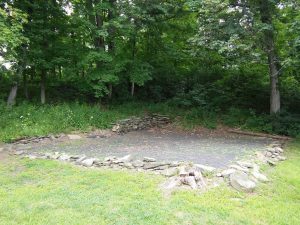 |
| Right next to the parking area, by Olana’s lake, are the remains of an old icehouse. |
Cosy Cottage
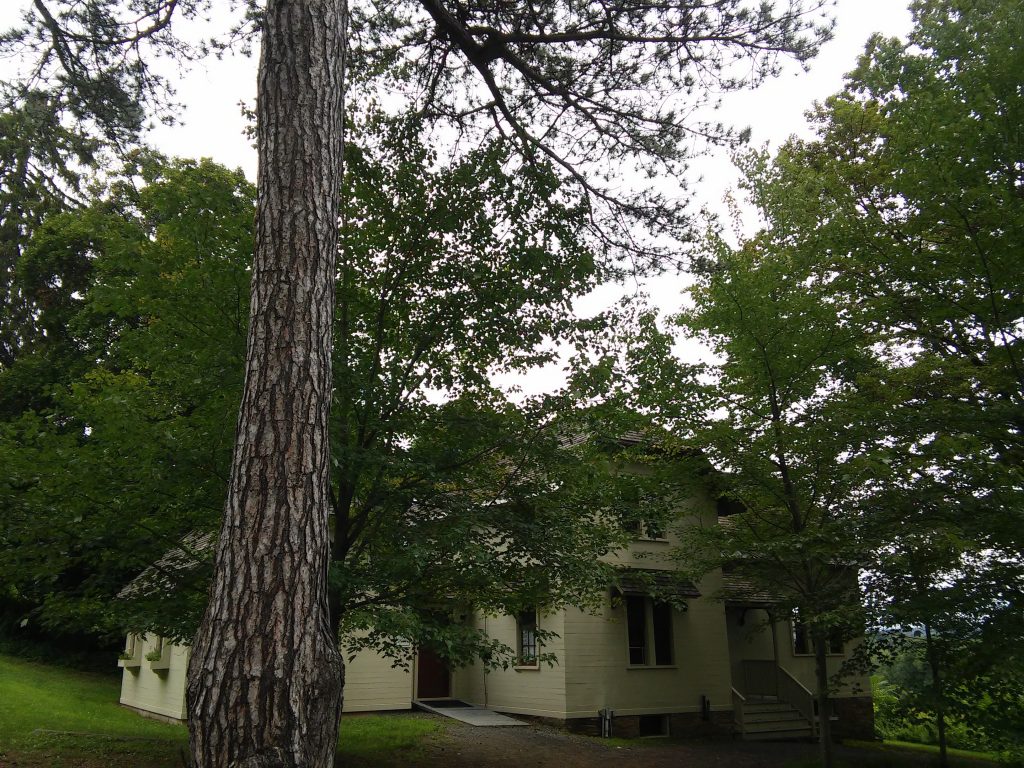
Although I ended my first visit to Olana at the old farmhouse, there is plenty more for me to explore at Olana. I think it would be a fun place to snowshoe, if weather permits.
I would also like to make a stop at the Thomas Cole National Historic Site across the Hudson River in Catskill, NY.
All photo were taken by me (Alicen), and all information provided was gathered from signs posted at Olana State Historic Site.
August 14, 2017 – Hudson, New York
Ridge Road (.6 miles), North Road (.8 miles), Lake Road (.4 miles)
